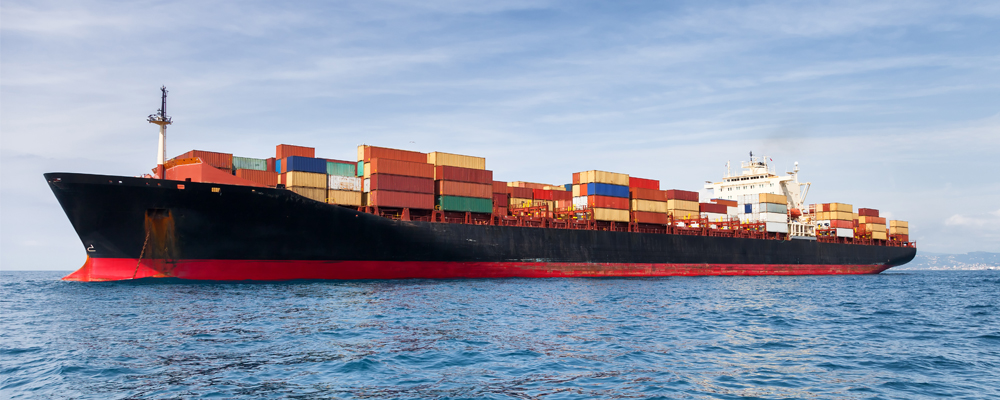
When news broke about Zimbabwe’s Statutory Instrument 64 of 2016 in mid 2016, many international trade analysts scrambled to decode just what in the world legal standing SI 64 of 2016 really had in international trade law.
In the absence of a clear declaration, statement of position or notification to the WTO by the government, save for sometimes confusing and contradicting insinuations, many of us finally managed to dig through the fog concluding that SI 64 of 2016 is likely an attempt at invoking the provisions of the World Trade Organisation’s (WTO) Agreement on Safeguard Measures.
The Agreement on Safeguard Measures (SG Agreement) read together with GATT 1994 Article XIX (article 19), is designed to give WTO members some breathing space when certain domestic industries are threatened by an unforeseen surge in imports.
To stand the scrutiny of international law, this injury or threat of serious injury of the domestic industry cannot just be a verbal claim or perception but must be backed by evidence which only a professional investigation can reveal.
Were there is proof, the two agreements – SG Agreement and GATT 1994 – allow WTO members to implement quantitative restrictive measures to control the amount of imports entering a country’s borders for a specified period of time.
In the last few weeks, South Africa gave some of us looking from the other side of the Limpopo an adorable example of just how to go about invoking the provisions of GATT 1994 Article XIX and the Agreement on Safeguard Measures.
On the 24th of April 2017, South Africa notified the WTO of its intention to implement safeguard measures in protection of its domestic flat hot-rolled steel industry.
South Africa is concerned, just like Zimbabwe is, by an influx in imports that is threatening the domestic steel industry. The South African Department of Trade and Industry (dti) is essentially targeting cheap imports from China and plans to have the restrictions in place beginning July 2017 for the next three years.
But then, South Africa avoided waking up one day, suddenly, to start controlling the amount of steel imports entering its shores. It took an investigation by The International Trade Administration Commission of South Africa (ITAC) to arrive at the conclusion that the said imports caused or threatened to cause serious injury to the domestic industry.
In Zimbabwe’s case the Competition and Tariff Commission (CTC), is the equivalent of South Africa’s ITAC.
This is to say, in WTO terms, the CTC was expected to carry out investigations to determine whether or not imports into the Zimbabwean market caused or threatened to cause serious injury to the domestic industry.
As far as I know, there was no such investigation.
Among other things, a country would fail to carry out an investigation, with consequences, due to a lack of capacity, the time frame required or the urgency of the matter making it a life or death situation so as to disregard binding international trade law.
In South Africa’s case, safeguard measures are only being initiated now following a three year long thorough investigation involving various stakeholders between the 01st of January 2012 and the 31st December 2014.
Gleaning into this example, considering the amount of time naturally needed to carry out a credible investigation, I estimate that Zimbabwe’s Statutory Instrument 64 of 2016 which has been in place since the middle of 2016 would have been preceded by a thorough investigation taking place roughly between 2013 and 2015.
The idea behind the meticulous procedure involving investigations and stakeholder involvement prior to implementing measures such as SI 64 of 2016 is contained in the substantive provisions of the SG Agreement such as Articles 2 to Article 12.
Prior to the recent, April 2017, notification to the WTO, South Africa had also made another notification to the WTO on the initiation of an investigation into the imports in question according to the provisions of Article 12 (a) of the SG Agreement.
Pertaining this case, South Africa followed the rules of multilateral trade under the WTO to the latter.
Even after this investigation and the notifications as discussed in this post, South Africa is by no means guaranteed its intention to initiate a range of safeguard measures will go undisputed.
This is what to expect in a rules based international trading system that countries voluntarily enjoin themselves.
Whatever the outcome, what South Africa has done represents the lawful way of instituting trade restrictions.
Download: [download id=”850″]